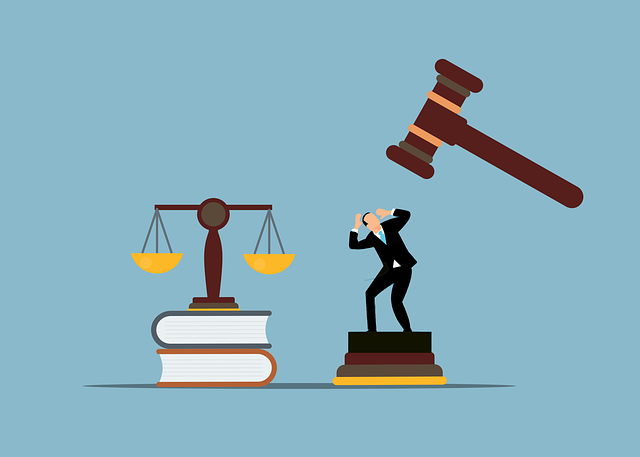Dog bite scarring goes beyond visible wounds, encompassing atrophic (depressed) and hypertrophic/keloid (raised, discolored) scars, each with distinct causes. Severity, depth of the bite, and individual healing processes influence scarring. Prompt, proper care is vital to prevent significant scarring, impacting liability agreements and recovery. Therapy plays a crucial role in overcoming emotional distress associated with dog bites, addressing trauma, fears, and anxieties. A holistic approach includes ongoing therapy, legal consultation for fair compensation, and managing long-term effects through self-acceptance and resilience.
Dog bite scarring isn’t just physical; it can leave deep emotional and psychological marks that require ongoing therapy. This comprehensive guide delves into the various types and causes of dog bite scarring, exploring how therapy plays a pivotal role in healing. We discuss long-term management strategies and support systems for individuals scarred by dog bites, emphasizing the importance of professional care. Understanding these aspects is crucial for fostering resilience and improving quality of life for those affected.
- Understanding Dog Bite Scarring: Types and Causes
- The Role of Therapy in Healing Emotional and Psychological Scars
- Long-Term Management and Support for Dog Bite Scarred Individuals
Understanding Dog Bite Scarring: Types and Causes

Dog bite scarring is a complex issue that goes beyond the initial wound. It’s crucial to understand that different types of scars can result from dog bites, each with its own set of causes and implications. Some common types include atrophic scars, which are caused by the loss of underlying tissue, leading to a depressed appearance compared to the surrounding skin. Hypertrophic or keloid scars, on the other hand, are characterized by an overgrowth of scar tissue, causing raised, often discolored areas.
Several factors contribute to the development of dog bite scarring. The severity and depth of the bite play a significant role. Deep bites that penetrate through multiple skin layers are more likely to result in scarring compared to shallow ones. Additionally, individual healing processes vary; some people’s bodies naturally produce more scar tissue, increasing the likelihood and appearance of scars. Even seemingly minor bites can leave noticeable marks, especially if proper care is not taken immediately after the incident, potentially leading to a breach of contract between the victim and the dog owner in terms of responsibility and client recovery.
The Role of Therapy in Healing Emotional and Psychological Scars

Dog bite scarring isn’t just about physical wounds; it often leaves deep emotional and psychological scars that can be challenging to heal on one’s own. This is where therapy plays a pivotal role. Professional therapists provide a safe, non-judgmental space for individuals to process their trauma, fears, and anxieties associated with the incident. Through various therapeutic techniques, they help clients confront and overcome their feelings of fear, anger, or shame that may arise from the dog bite experience.
Therapy offers coping strategies tailored to each individual’s unique needs. It can assist in rebuilding self-esteem and confidence, especially in cases where the scarring is prominent. Additionally, therapists can aid in resolving any underlying issues related to the incident, such as partnership disputes or product liability concerns, that may have contributed to or resulted from the dog bite. An accident attorney specializing in such matters could also be involved, ensuring legal justice alongside emotional healing.
Long-Term Management and Support for Dog Bite Scarred Individuals

After initial treatment for dog bite scarring, long-term management and support are crucial to help individuals cope with both physical and psychological effects. Ongoing therapy sessions can play a vital role in this process, focusing on trauma healing, self-acceptance, and building resilience. These sessions may include counseling, psychotherapy, or support groups where folks share their experiences and foster a sense of community.
For those dealing with extensive scarring or complex cases of dog bite injuries, consulting a personal injury attorney might be beneficial to understand insurance coverage disputes. A car accident lawyer can guide individuals on legal options if the dog bite resulted from negligence or lack of proper care, ensuring they receive fair compensation for medical expenses and any ongoing therapy needs related to dog bite scarring.
Dog bite scarring goes beyond physical wounds; it can leave profound emotional and psychological marks that require ongoing therapy sessions. Understanding the various types and causes of dog bite scarring is essential, as it forms the basis for effective management. Through specialized therapy, individuals can heal from the trauma associated with these incidents, enabling them to regain their confidence and lead fulfilling lives. Long-term support systems play a crucial role in sustaining recovery, ensuring that those affected by dog bite scarring receive comprehensive care tailored to their unique needs.






